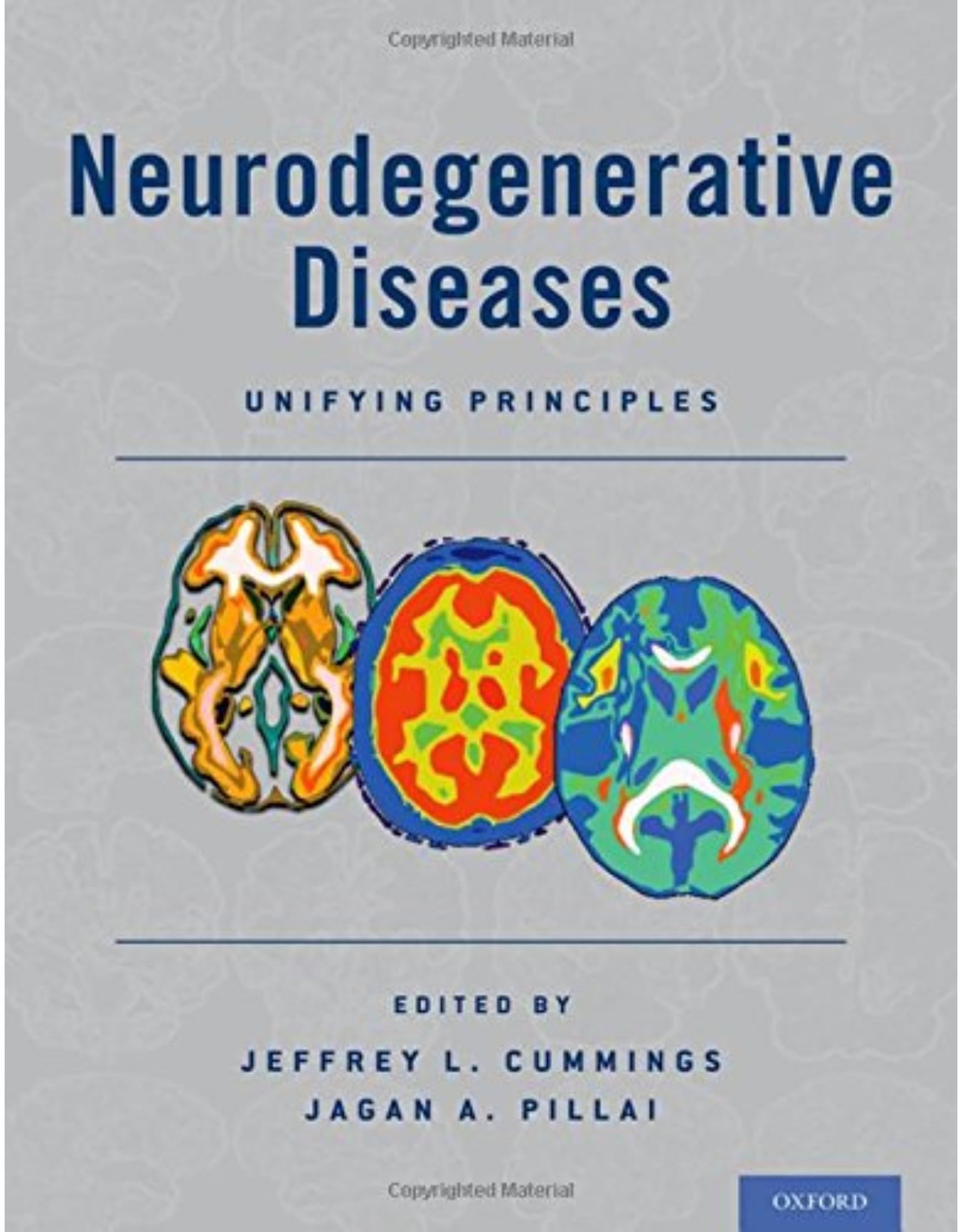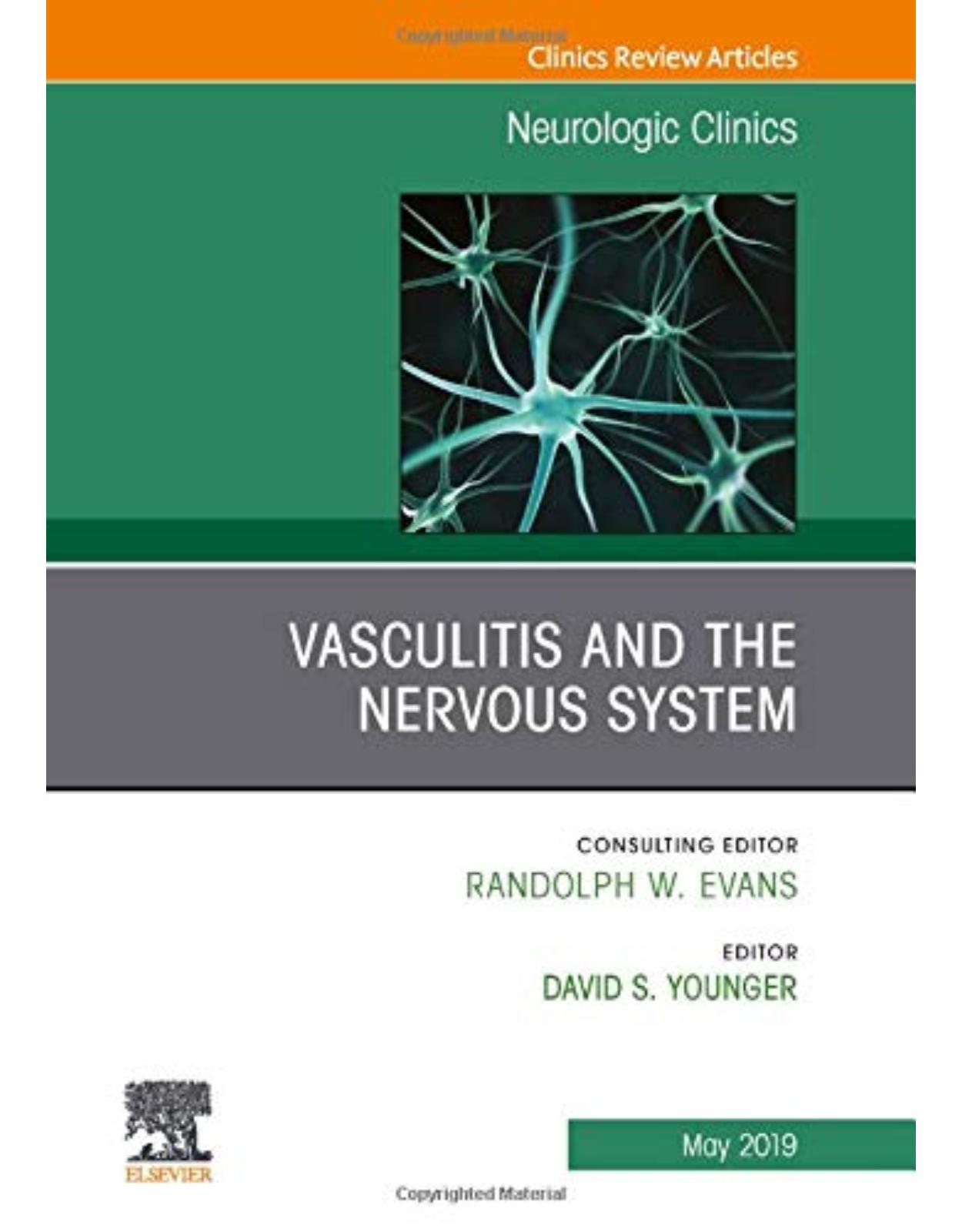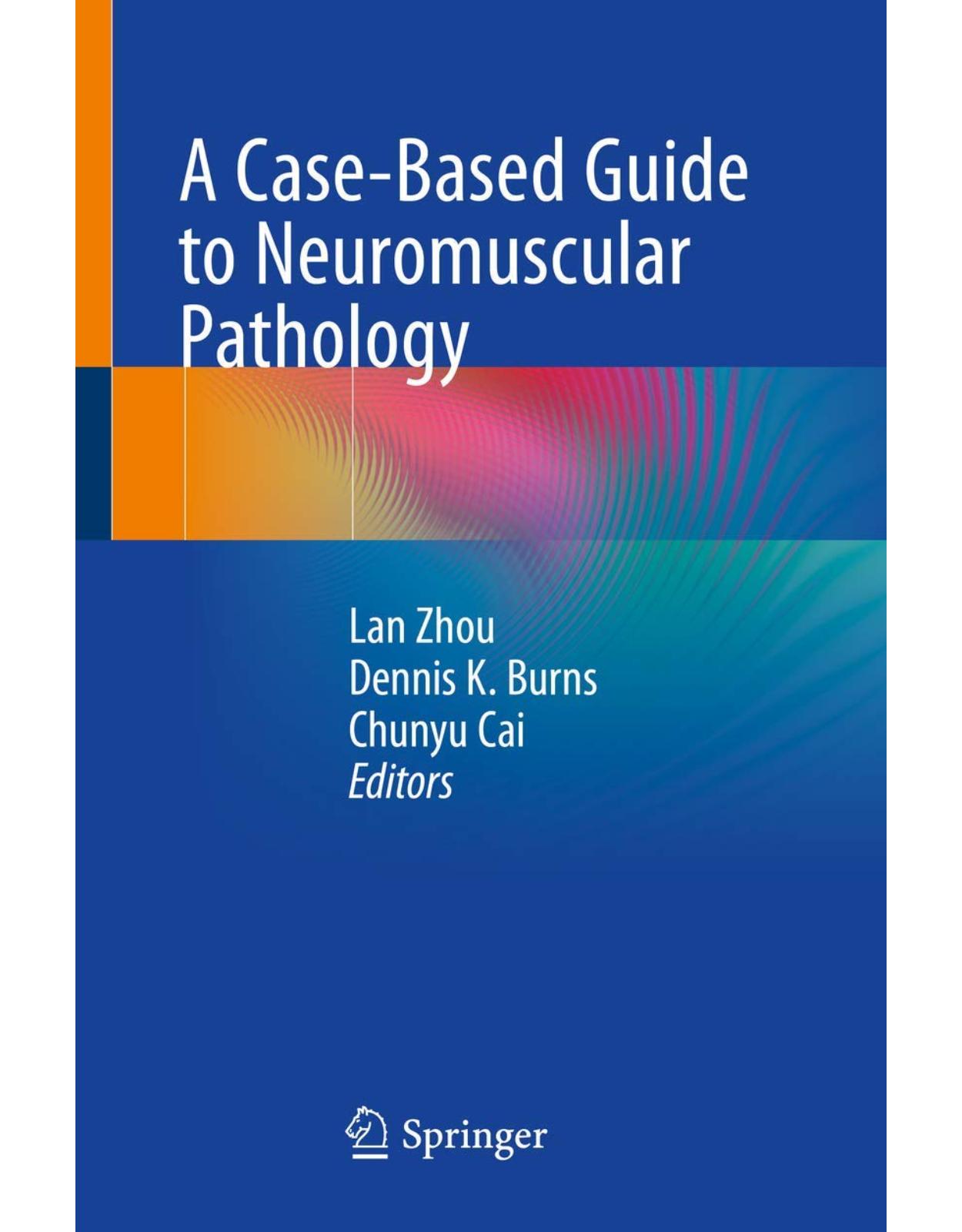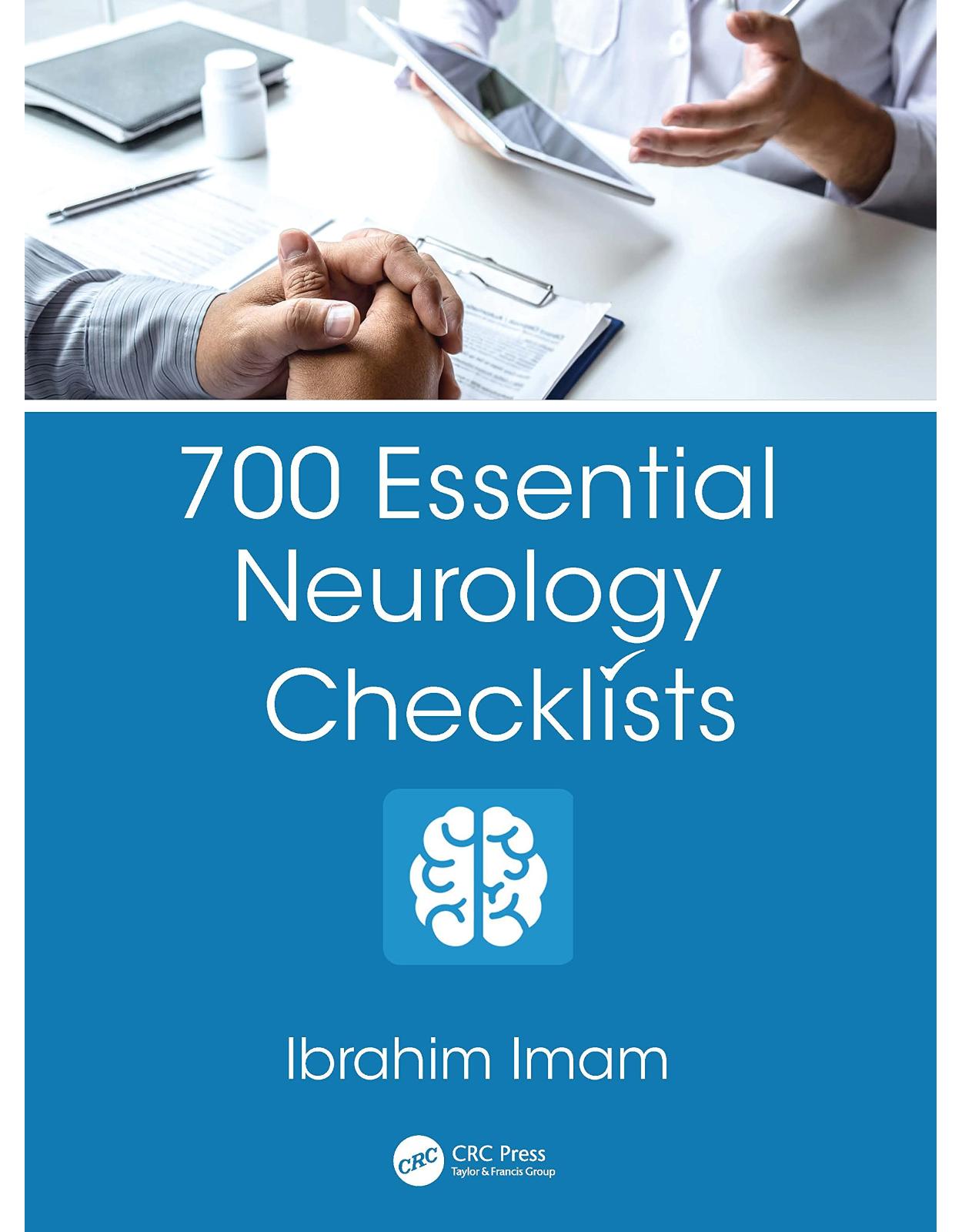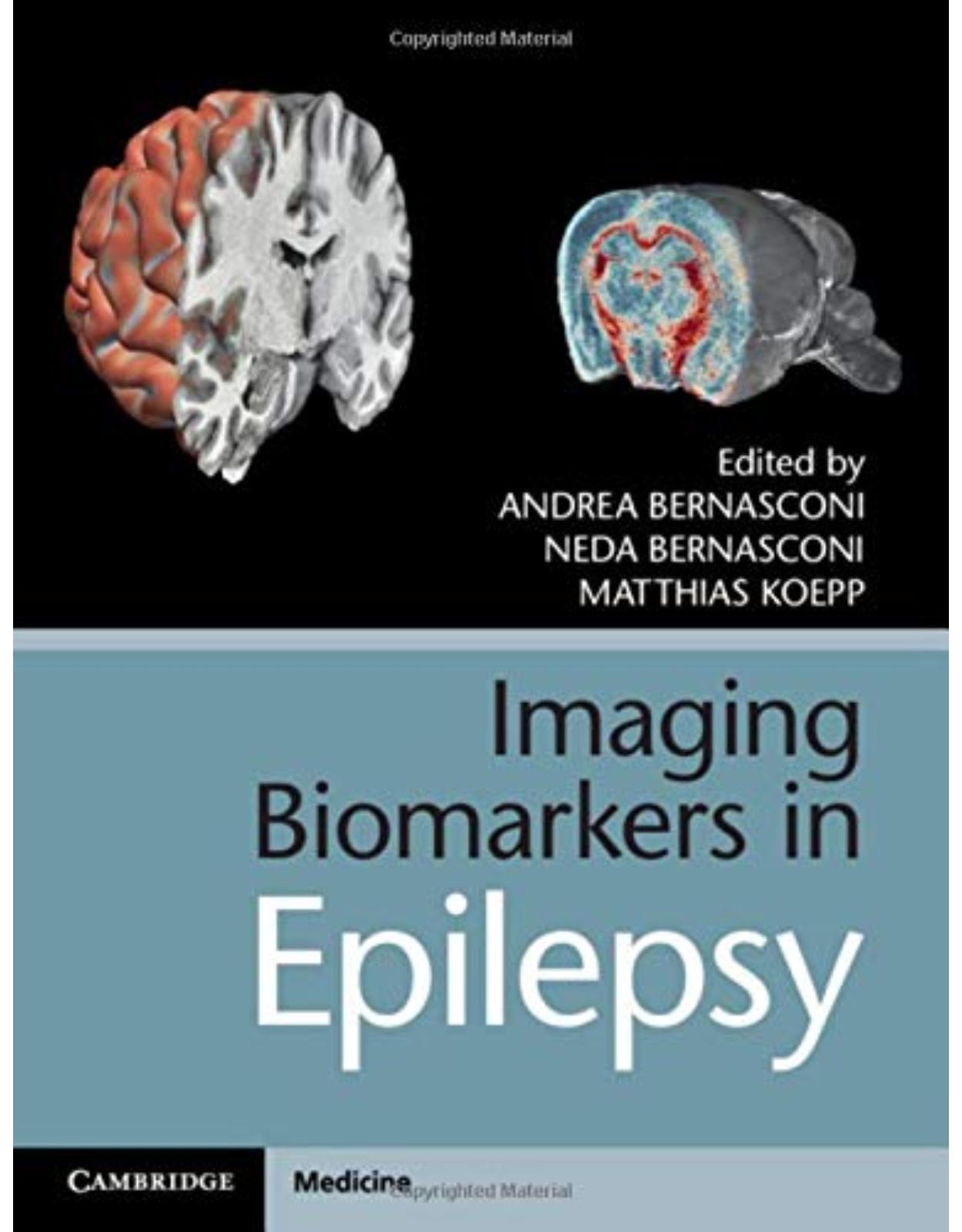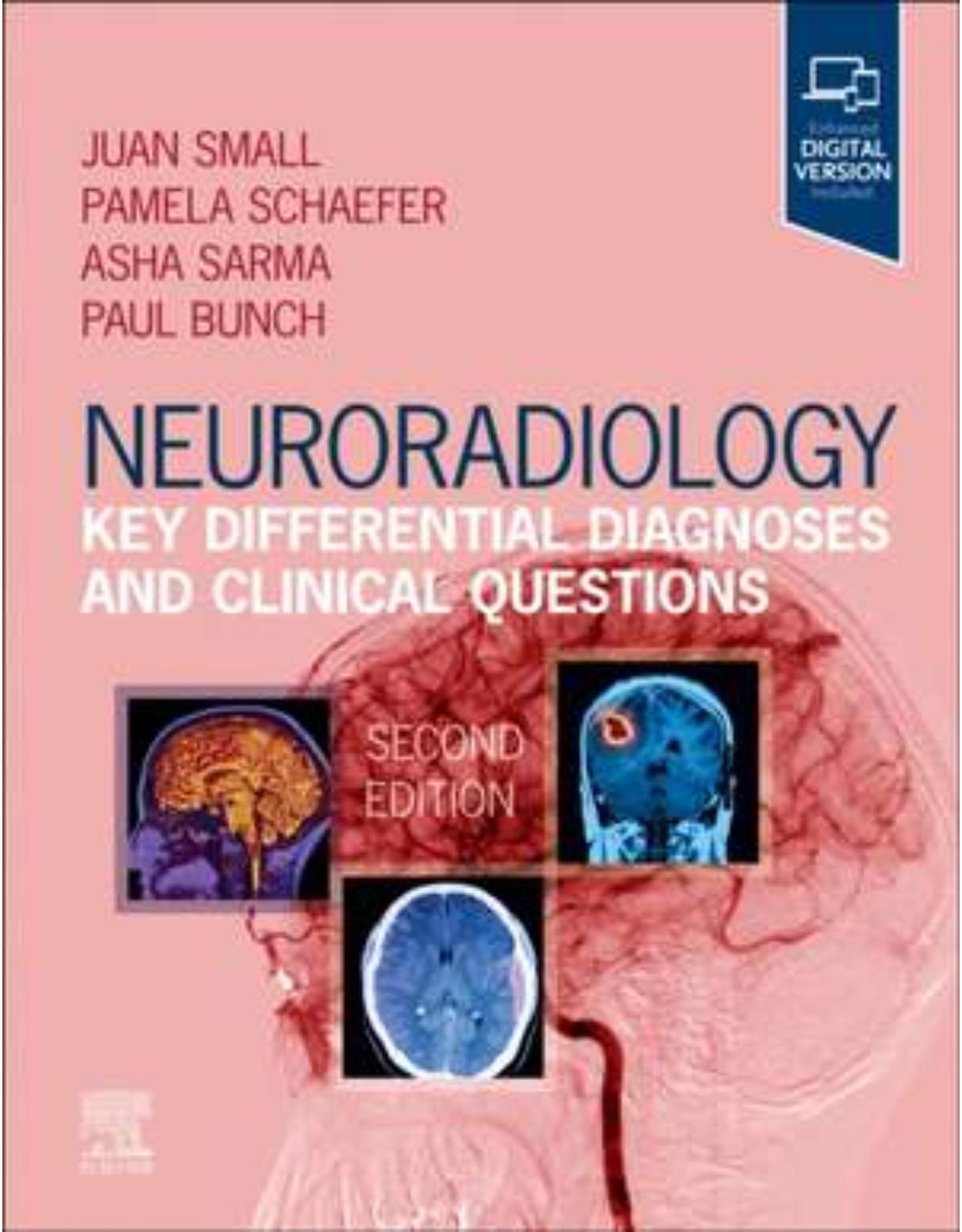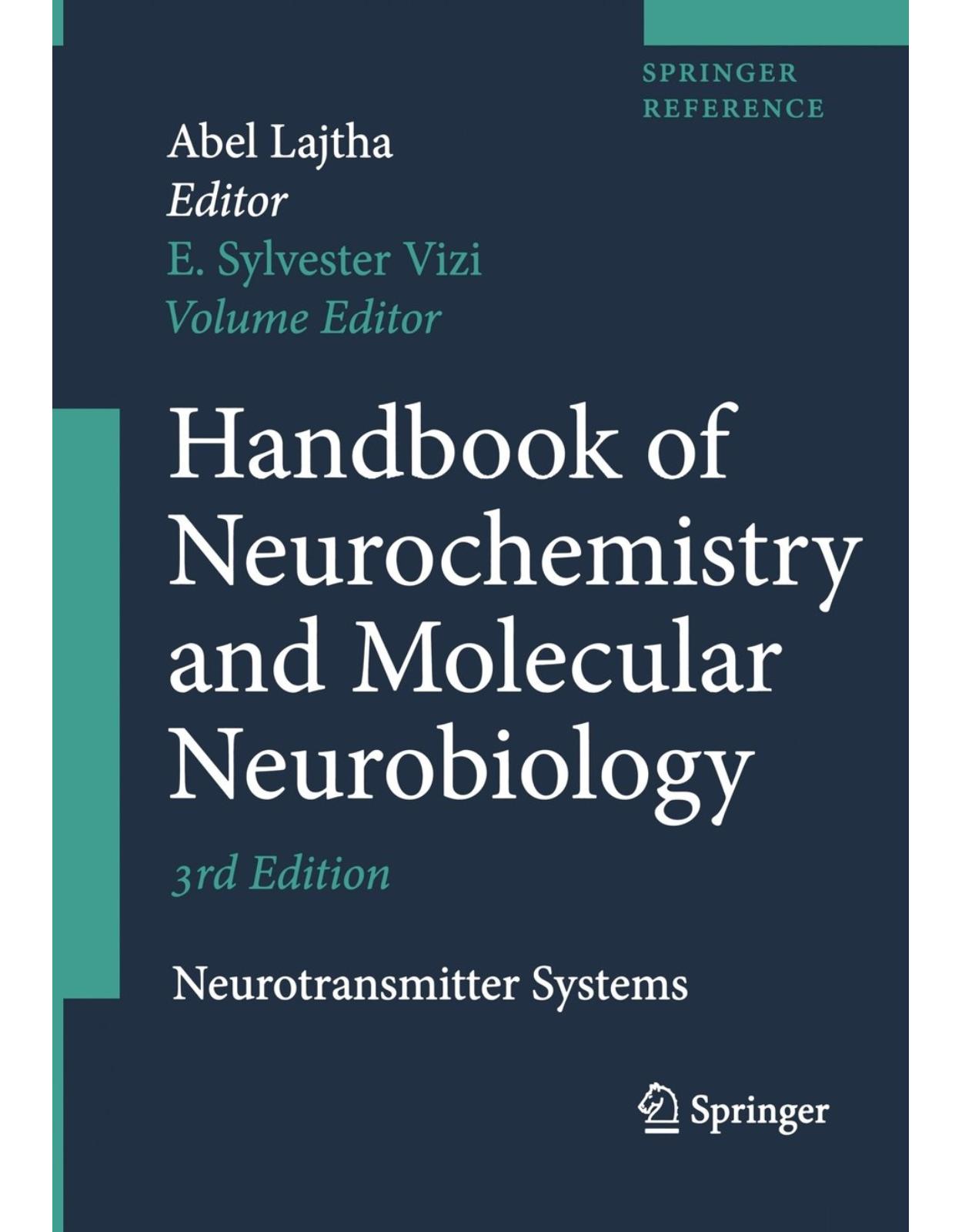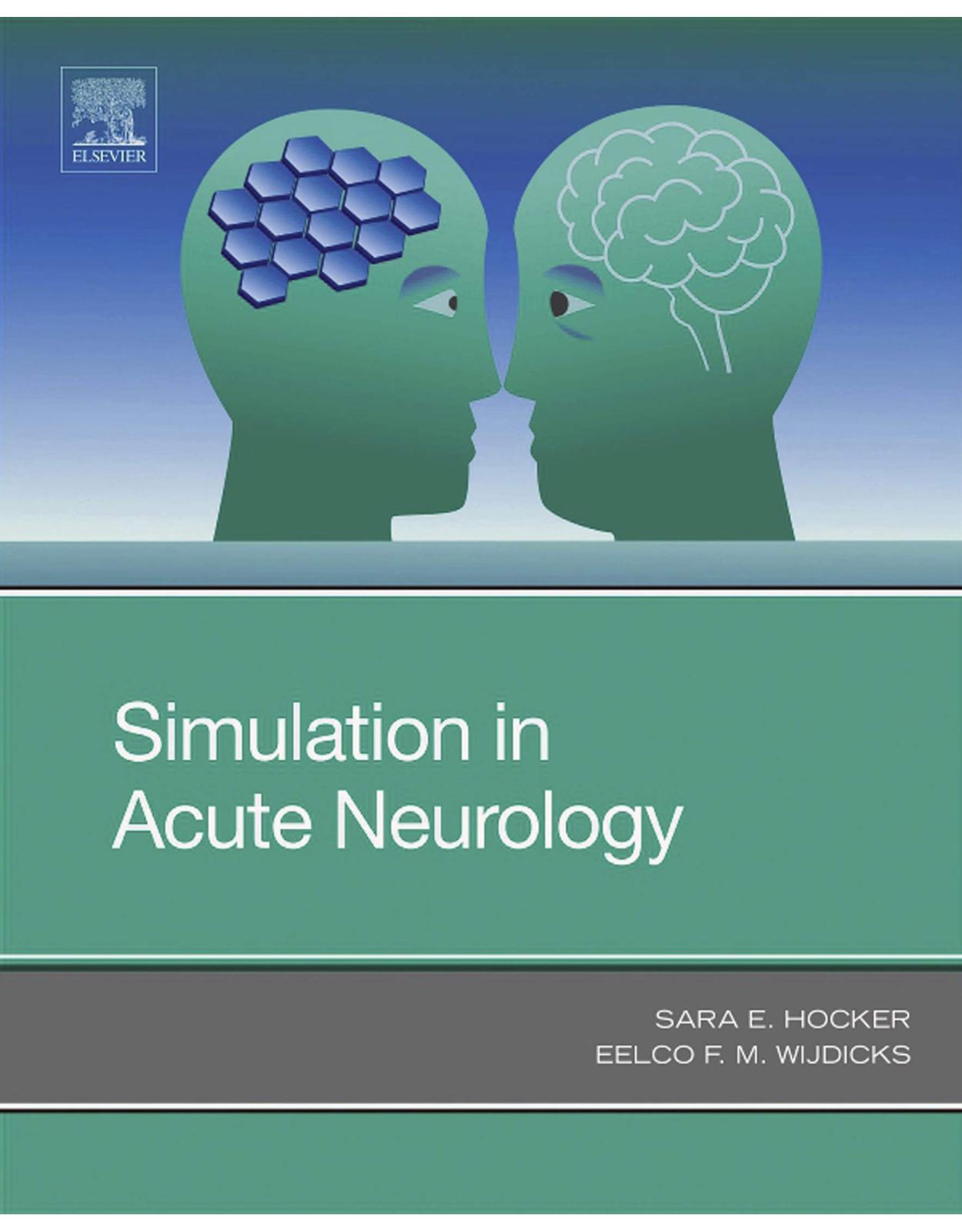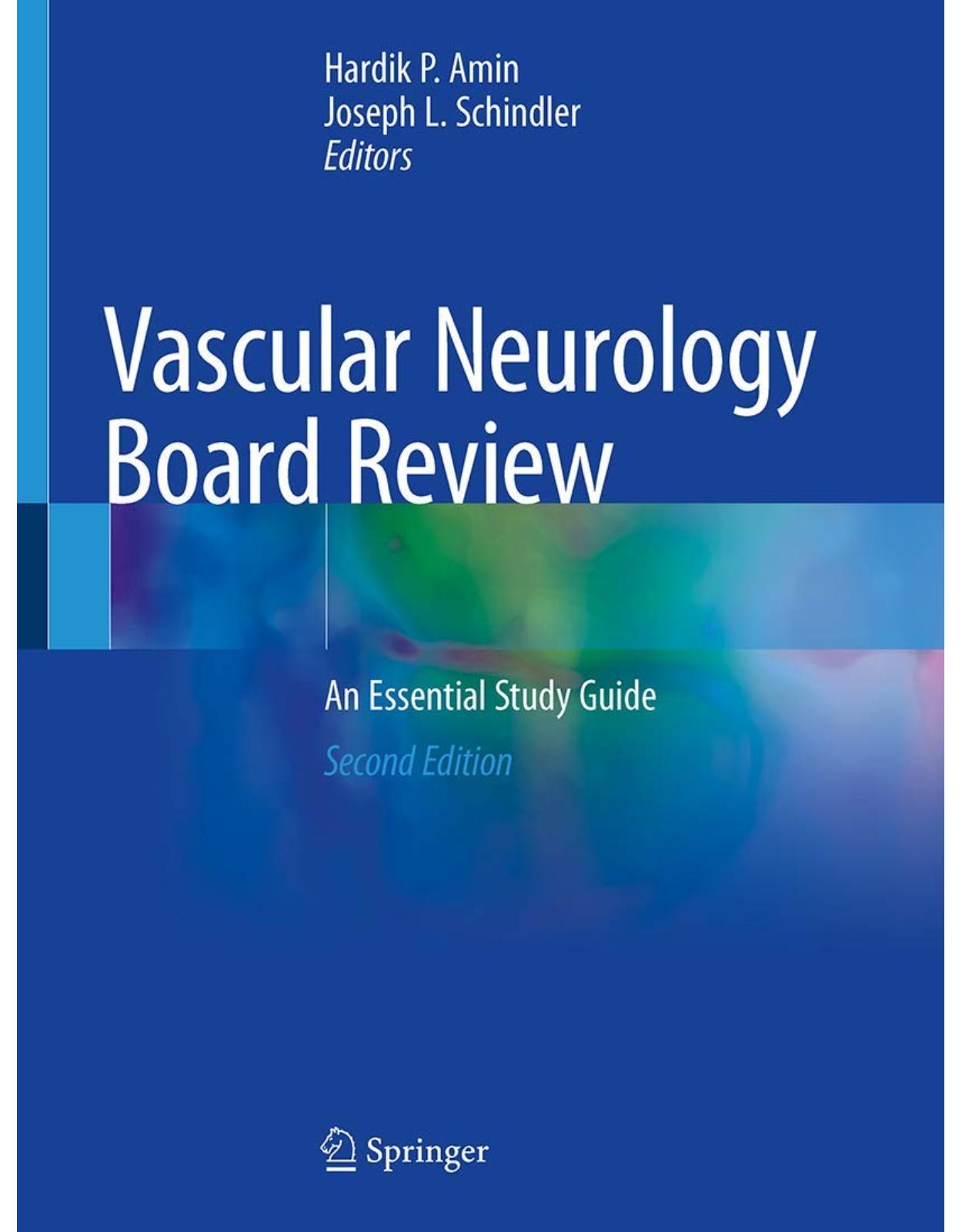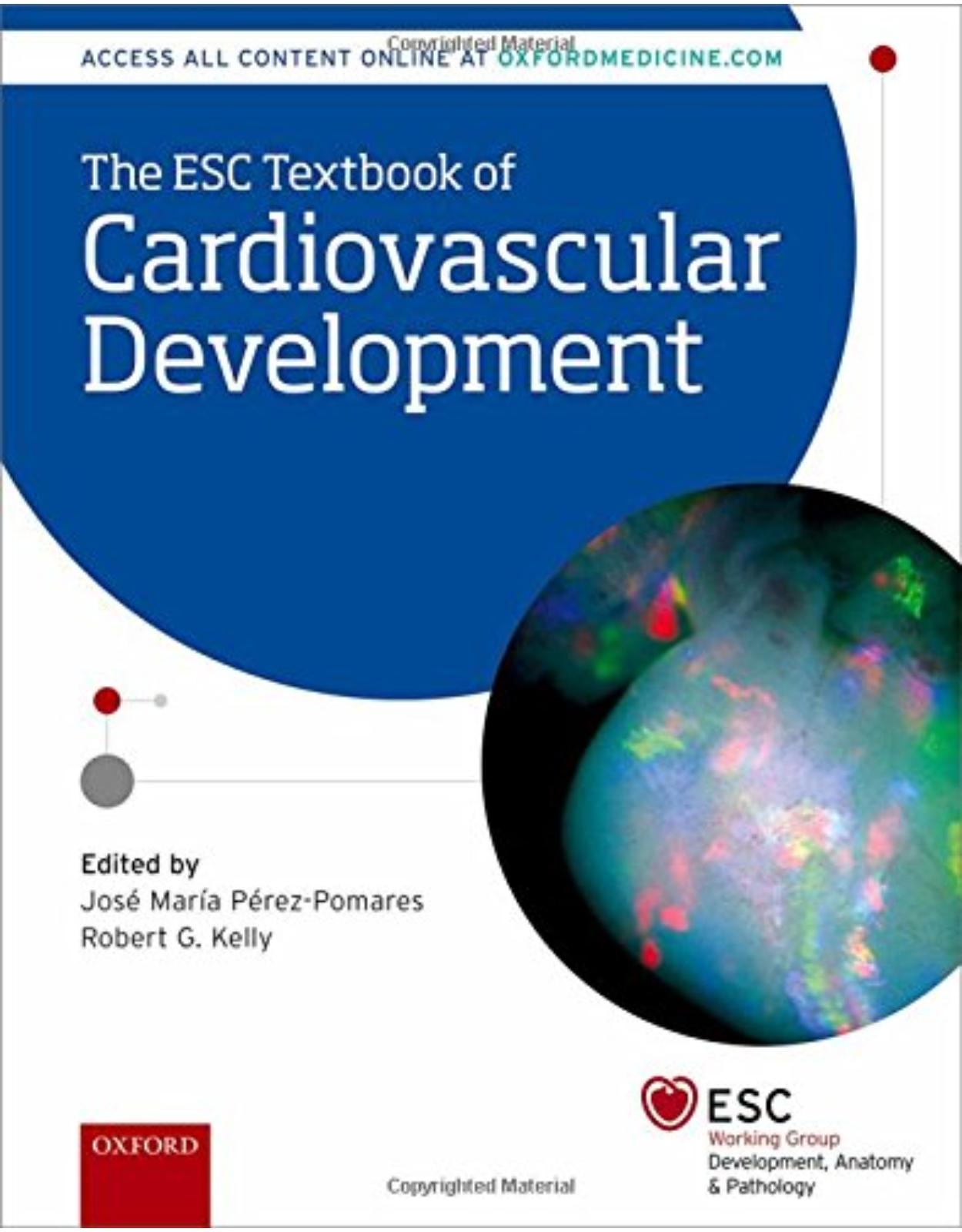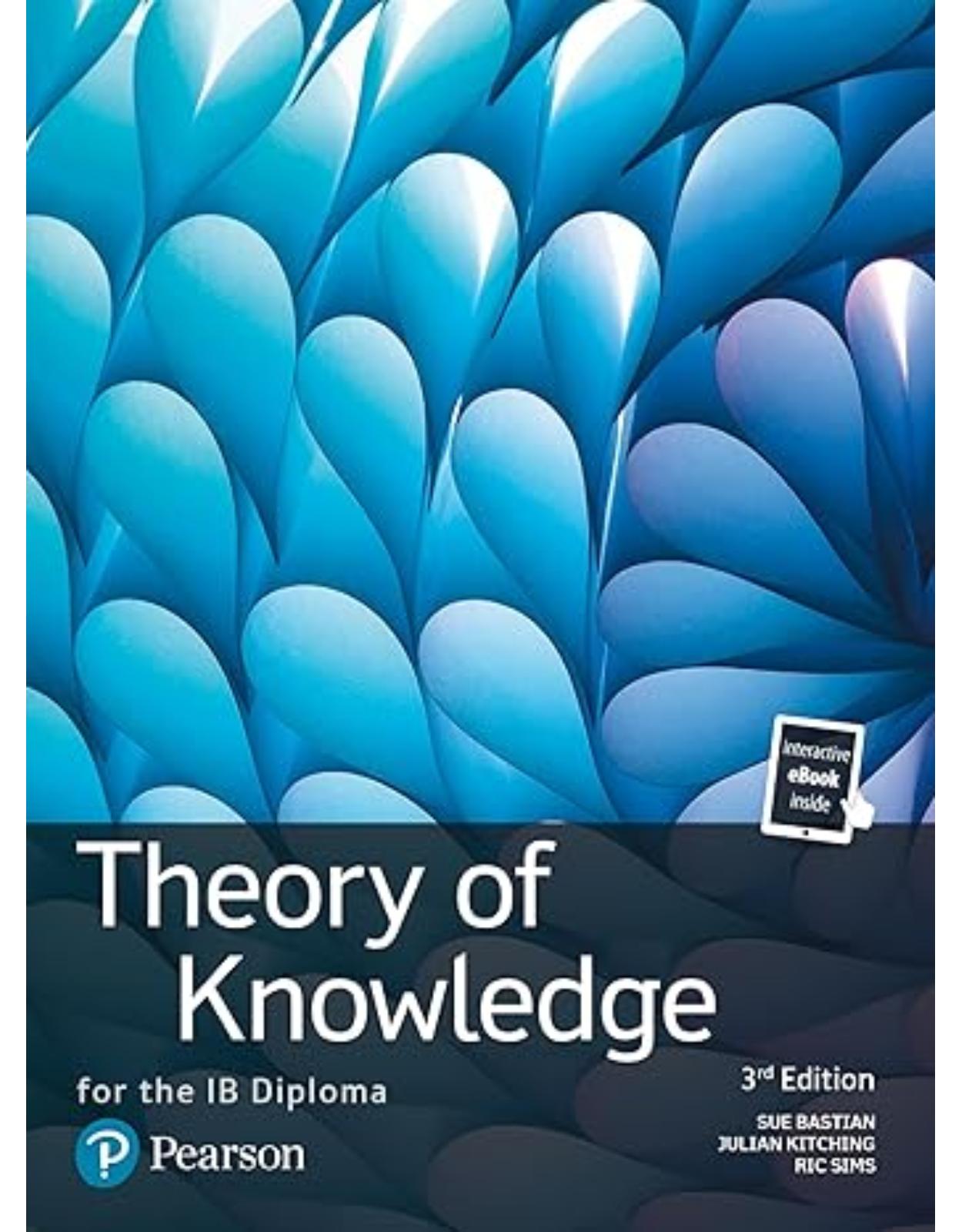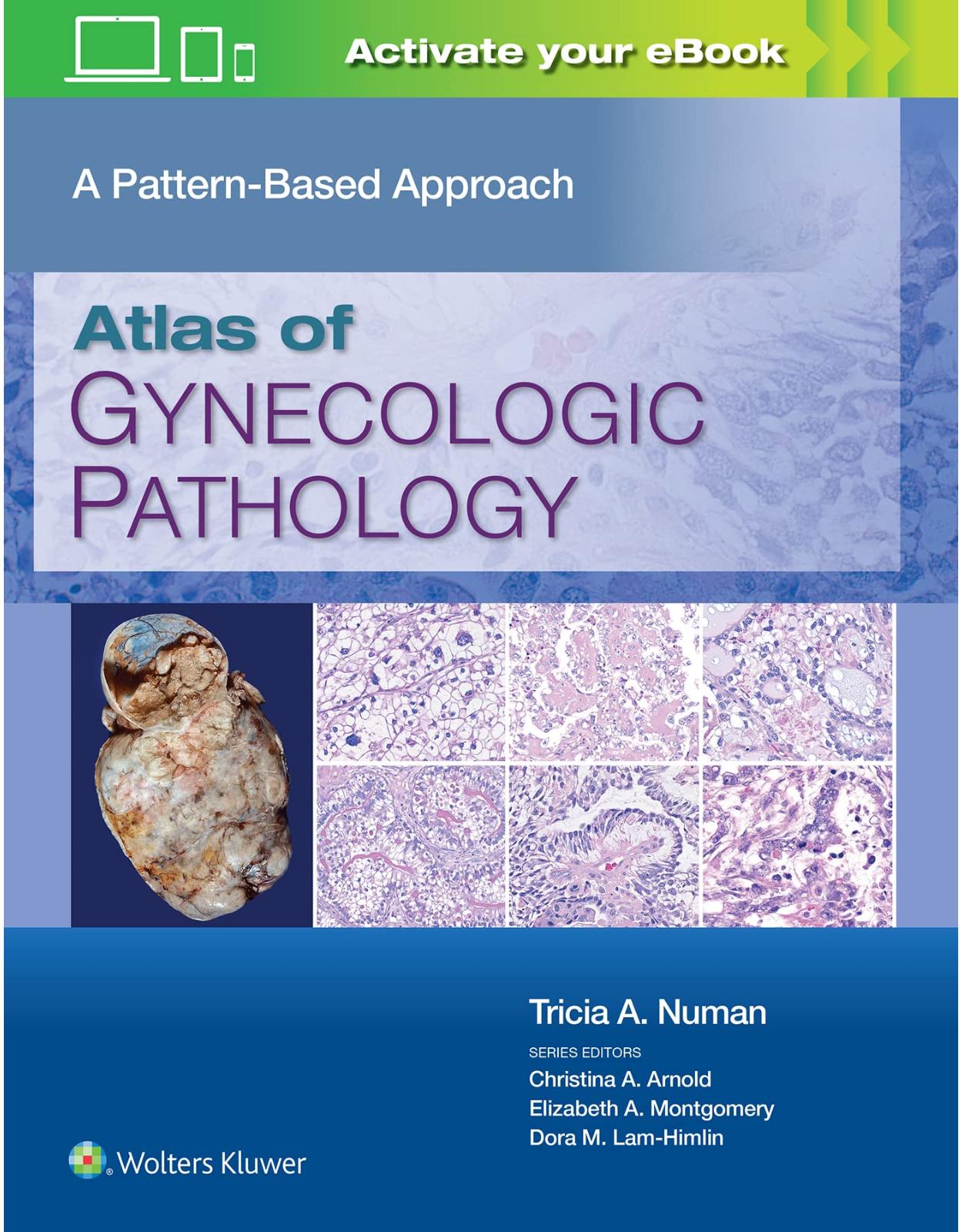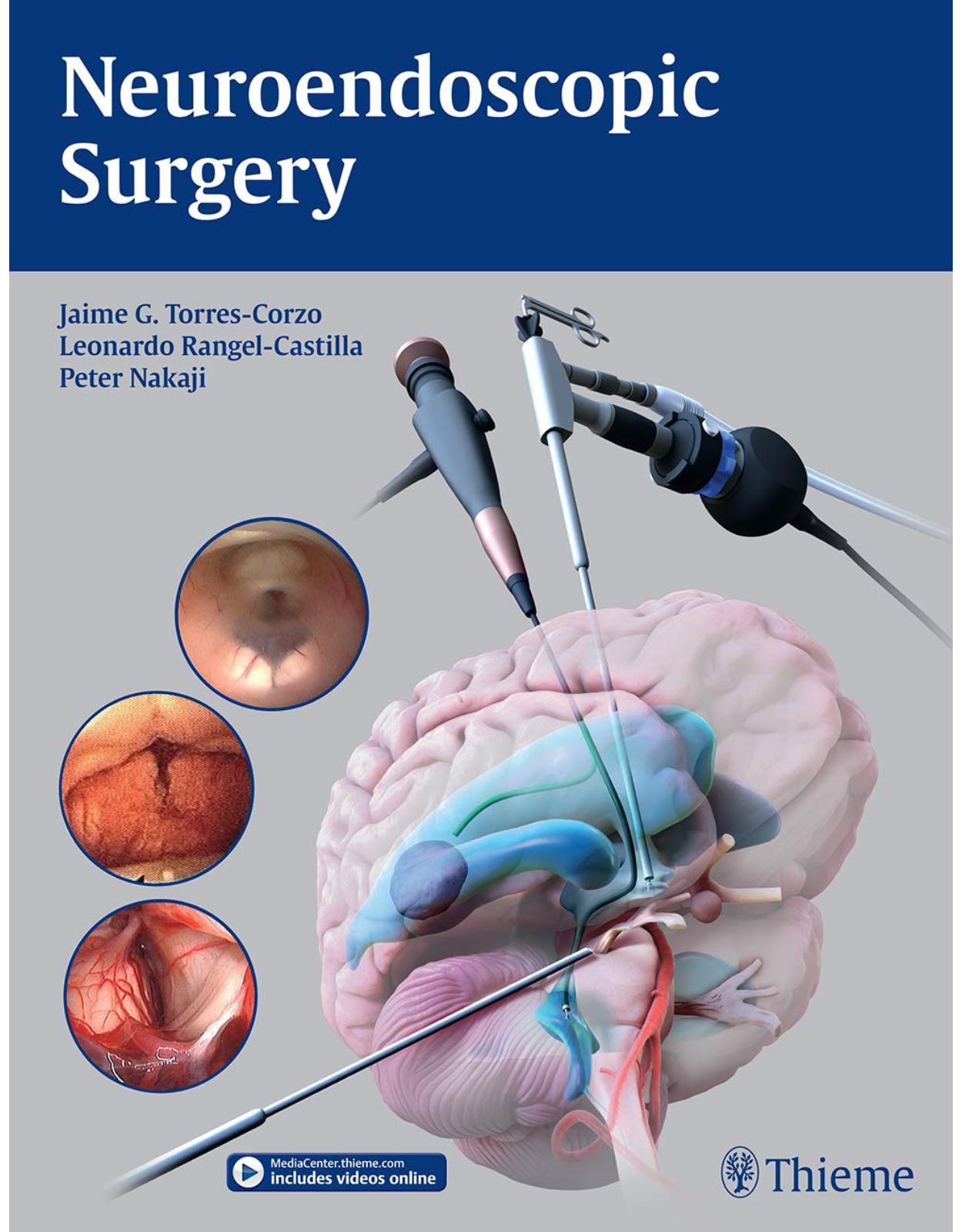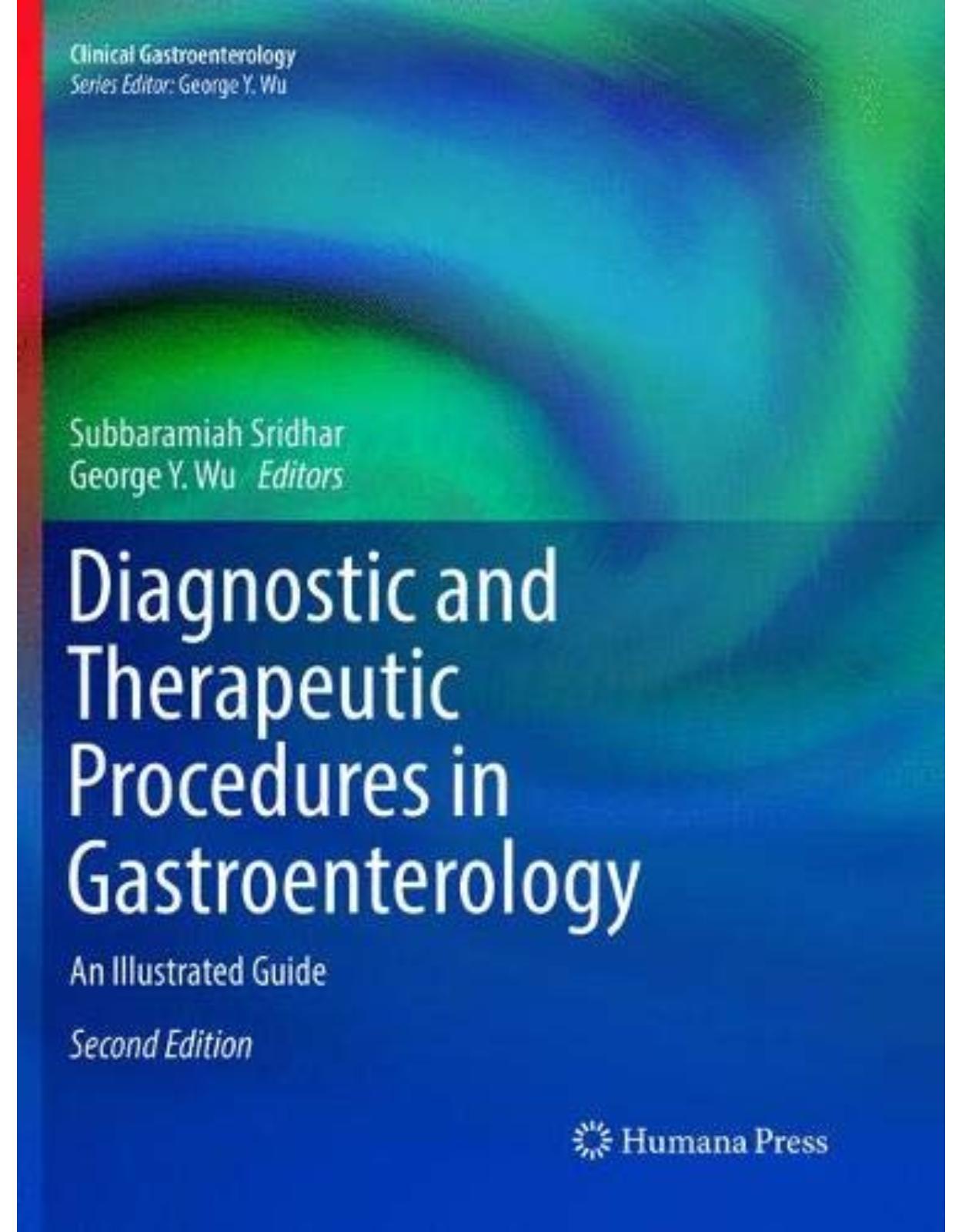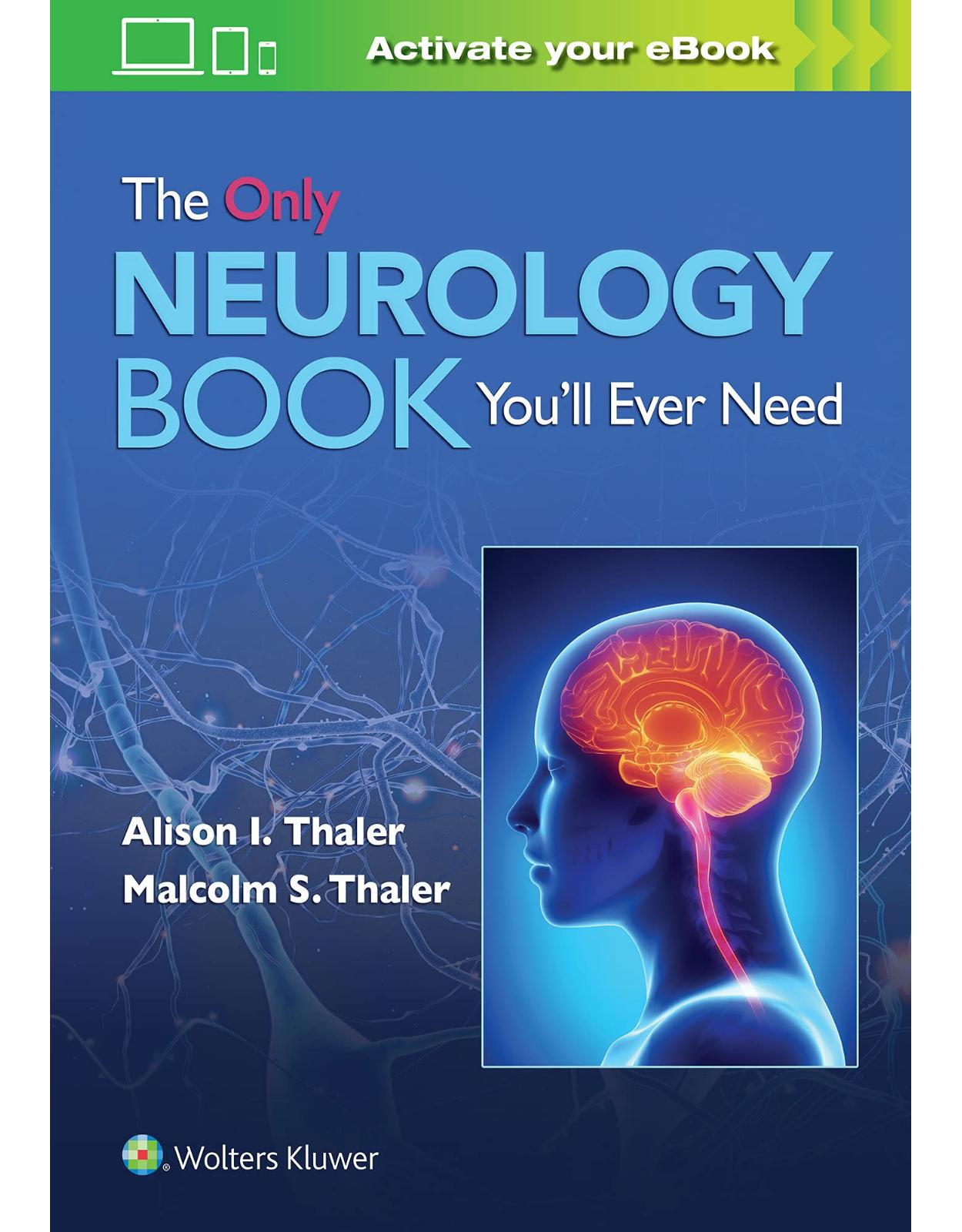
The Only Neurology Book You’ll Ever Need
Livrare gratis la comenzi peste 500 RON. Pentru celelalte comenzi livrarea este 20 RON.
Disponibilitate: La comanda in 3-4 saptamani
Editura: LWW
Limba: Engleza
Nr. pagini: 350
Coperta: Paperback
Dimensiuni: 177.00 x 254.00 mm
An aparitie: 25/09/2022
Clear and concise, The Only Neurology Book You'll Ever Need provides a straightforward and comprehensive overview of neurology. It covers all of the important neurologic diagnosis and management issues, along with clinically relevant anatomy and physiology. Written by Drs. Alison I. Thaler and Malcolm S. Thaler, this new title is packed with full-color illustrations, real-world clinical scenarios, and up-to-date guidelines and recommendations —giving you all the practical advice you need to master the challenging world of neurology.
Features a lighthearted, lively writing style that is compelling and gets right to the heart of what you need to know.
Discusses the elements of the neurologic exam and what symptoms do and don't suggest a neurologic disorder.
Covers key topics such as stroke, headache, concussion, dizziness, seizures, dementia, meningitis, multiple sclerosis, Parkinson disease, and much more.
Abundant illustrations, charts, and tables, help you easily understand and retain complex material.
Ideal for medical students, medicine and neurology residents, nurses, and PAs, as well as any and all practitioners who need a concise, easy-to-read review of clinically- relevant neurology. This book covers everything you need for the medical student shelf exam in neurology.
Enrich Your Digital Reading Experience
Read directly on your preferred device(s), including computer, tablet, or smartphone.
Easily convert to audiobook, powering your content with natural language text-to-speech.
Table of Contents:
Chapter 1: Let’s Get Started: Your Neurologic Toolbox
CASE 1
Neuroanatomy: The Basics
Electrophysiology in Two Pages
The Good News!
The Neurologic History
The Neurologic Examination
Mental Status
Cranial Nerves
The Motor System
The Somatosensory System
Reflexes
Coordination
Gait
Note Template: An Example of How You Might Document a Normal Neurologic Examination
Is it Neurologic?
Diagnostic Tools
A Quick Overview of Head Imaging
Lumbar Puncture
Electroencephalography
Nerve Conduction Studies and Electromyography
CASE 1: Follow-Up
Chapter 1: Flash Card
Chapter 2: Stroke and Cerebrovascular Disease
CASE 2
Bad News But Good News Too
The Basics
Cerebrovascular Anatomy
Ischemic Stroke
Etiology
Stroke Syndromes
Management
Intracerebral Hemorrhage (ICH)
Symptoms
Etiology
Management
Subarachnoid Hemorrhage (SAH)
Presentation
Diagnosis
Treatment and Complications
A Few Other Cerebrovascular Disorders to Know
Cervicocephalic Arterial Dissection
Cerebral Venous Sinus Thrombosis
Reversible Cerebral Vasoconstriction Syndrome (RCVS)
Vasculitis
CASE 2: Follow-Up
Chapter 2: Flash Card
Chapter 3: Headache
CASE 3
Headache Red Flags
Primary Headache Disorders
Migraine
Tension-type Headache
Trigeminal Autonomic Cephalalgias (TACs)
Sinus Headache
Neuralgias
Episodic Versus Chronic Headache
Secondary Headache Disorders
Medication Overuse Headache (MOH)
Giant Cell Arteritis (GCA)
Spontaneous Intracranial Hypotension (SIH)
Pseudotumor Cerebri
Posterior Reversible Encephalopathy Syndrome (PRES)
Cardiac Cephalalgia
Post-traumatic Headache
The General Approach to the Headache Patient
CASE 3: FOLLOW-UP
Chapter 3: Flash Card
Chapter 4: Concussion (aka Mild Traumatic Brain Injury)
CASE 4
Is It Mild or Severe?
So What Is a Concussion?
Sports-related Concussion
Postconcussion Syndrome
Chronic Traumatic Encephalopathy
CASE 4: FOLLOW-UP
Chapter 4: Flash Card
Chapter 5: Dizziness
CASE 5
A Simple Way to Categorize Dizziness
Vertigo: An Overview
Anatomy
Peripheral Versus Central Vertigo
Peripheral Vertigo
Central Vertigo
A Brief Word on Syncope
CASE 5: FOLLOW-UP
Chapter 5: Flash Card
Chapter 6: Seizures
CASE 6
Epilepsy
Provoked Versus Unprovoked Seizures
What Conditions Increase the Risk of Recurrence After a Single Seizure?
First-Time Seizure
Seizure Types
A Quick Note on the Differential Diagnosis of Seizures
Seizure Etiology
Epileptogenic Lesions
Toxic-Metabolic Derangements
Medications and Other Substances
Epilepsy Syndromes
Anti-Epileptic Drugs (AEDs)
Status Epilepticus
Psychogenic Nonepileptic Seizures (PNES)
CASE 6: FOLLOW-UP
Chapter 6: Flash Card
Chapter 7: Neurocognitive Disorders and Dementia
CASE 7
Cognitive Impairment
Dementia (aka Major Neurocognitive Disorder)
Alzheimer Disease (AD)
Vascular Dementia
Dementia With Lewy Bodies (DLB)
Frontotemporal Dementia (FTD)
Prion Diseases and Creutzfeldt-Jakob Disease
Reversible Dementias
CASE 7: FOLLOW-UP
Chapter 7: Flash Card
Chapter 8: Meningitis, Encephalitis, and other Infectious Diseases of the Nervous System
CASE 8
Meningitis
Bacterial Meningitis
Other Causes of Meningitis
Chronic Meningitis
Encephalitis
An Overview
Herpes Encephalitis
Arthropod-Borne Encephalitis
HIV Infection: Neurologic Complications
Neurosyphilis
Lyme Disease: Neurologic Manifestations
COVID-19: Neurologic Manifestations
A Few Other CNS Infections to Know About
Neurocysticercosis
Leprosy
Poliomyelitis
Botulism
Brain Abscess
CASE 8: FOLLOW-UP
Chapter 8: Flash Card
Chapter 9: Multiple Sclerosis (and other Immunologic Diseases of the Central Nervous System)
CASE 9
Multiple Sclerosis
Some Basic Background Facts
Defining MS
Clinical Signs and Symptoms
How to Make the Diagnosis
Differential Diagnosis
Clinical Course
Treatment
Prognosis
MS and Pregnancy
Autoimmune Encephalitis: One Other Immunologic CNS Disease You Should Know
Presentation
Diagnosis
Treatment
CASE 9: Follow-Up
Chapter 9: Flash Card
Chapter 10: The Spinal Cord
CASE 10
Basic Anatomy
Acute Spinal Cord Compression
Causes
Clinical Presentation
Examination
Triage and Evaluation
Spinal Cord Syndromes
Brown-Sequard Syndrome
Anterior and Central Cord Syndromes
Conus Medullaris and Cauda Equina Syndromes
Transverse Myelitis
Toxic/Metabolic Spinal Cord Disorders
Lumbar Spinal Stenosis
CASE 10: Follow-Up
Chapter 10: Flash Card
Chapter 11: The Peripheral Neuropathies and Amyotrophic Lateral Sclerosis
CASE 11
Amyotrophic Lateral Sclerosis (ALS)
Peripheral Neuropathies: An Overview
Polyneuropathies
Length-Dependent Sensorimotor Polyneuropathies
Inflammatory Demyelinating Polyneuropathies (Guillain-Barre Syndrome)
Small Fiber Neuropathy
Mononeuritis Multiplex
Plexopathies
Brachial Plexopathies
Lumbosacral Plexopathies
Mononeuropathies
Carpal Tunnel Syndrome
Ulnar Neuropathy
Peroneal and Tibial Neuropathies
Bell Palsy
Meralgia Paresthetica
CASE 11: Follow-Up
Chapter 11: Flash Card
Chapter 12: Diseases of the Muscles and the Neuromuscular Junction
CASE 12
Figuring Out the Cause of Weakness
Causes of Weakness—An Anatomic Approach
Causes of Myopathy
Diseases of the Neuromuscular Junction
Myasthenia Gravis
Other Diseases of the Neuromuscular Junction
Myopathies
The Inflammatory Myopathies
Noninflammatory Myopathies
CASE 12: Follow-Up
Chapter 12: Flash Card
Chapter 13: Parkinson Disease and other Movement Disorders
CASE 13
Parkinson Disease
Etiology
Clinical Presentation
Diagnosis
Treatment
Prognosis
Differential Diagnosis: Disorders That Can Mimic Parkinson Disease
Tremor
The Atypical Parkinsonian Syndromes
Secondary Parkinsonism
Other Movement Disorders
Choreiform Disorders and Huntington Disease
Tardive Dyskinesia
Dystonia
Myoclonus
Tic Disorders and Tourette Syndrome
Sleep-Related Movement Disorders
CASE 13: Follow-Up
Chapter 13: Flash Card
Chapter 14: Neurocritical Care
CASE 14
Cerebral Edema
Elevated Intracranial Pressure
Physiology
Causes and Presentation of Elevated ICP
Management of Elevated ICP
Herniation Syndromes
Brain Death
CASE 14: FOLLOW-UP
Chapter 14: Flash Card
Chapter 15: Altered Mental Status
CASE 15
Encephalopathy Versus Aphasia
Neurologic Causes of AMS
Non-Neurologic Causes of AMS
AMS: Evaluation in a Nutshell
CASE 15: FOLLOW-UP
Chapter 15: Flash Card
Chapter 16: Neuro-Oncology
CASE 16
A Quick Word on Mass Lesions
Primary Brain Tumors
Glial Tumors
Neuronal Tumors
Other Primary Brain Tumors
Cysts
Paraneoplastic Syndromes
CASE 16: FOLLOW-UP
Chapter 16: Flash Card
Chapter 17: Genetic Diseases and Syndromes
CASE 17
Lysosomal Storage Diseases
Glycogen Storage Diseases (GSDs)
Neurocutaneous Diseases
Mitochondrial Diseases
CASE 17: Follow-Up
Chapter 17: Flash Card
Chapter 18: The Cranial Nerves
CASE 18
Cranial Nerve Basics
Brainstem Reflexes
Common Cranial Nerve Pathology
Visual Field Defects
Oculomotor Palsies (Third, Fourth and Sixth Nerve Palsies)
Facial (Seventh) Nerve Palsy
Multiple Cranial Nerve Palsies
CASE 18: Follow-Up
Chapter 18: Flash Card
Chapter 19: Is That All There Is?
Index
| An aparitie | 25/09/2022 |
| Autor | Alison I. Thaler and Malcolm S. Thaler |
| Dimensiuni | 177.00 x 254.00 mm |
| Editura | LWW |
| Format | Paperback |
| ISBN | 9781975191153 |
| Limba | Engleza |
| Nr pag | 350 |
| Versiune digitala | DA |
-
1,66300 lei 1,37400 lei


